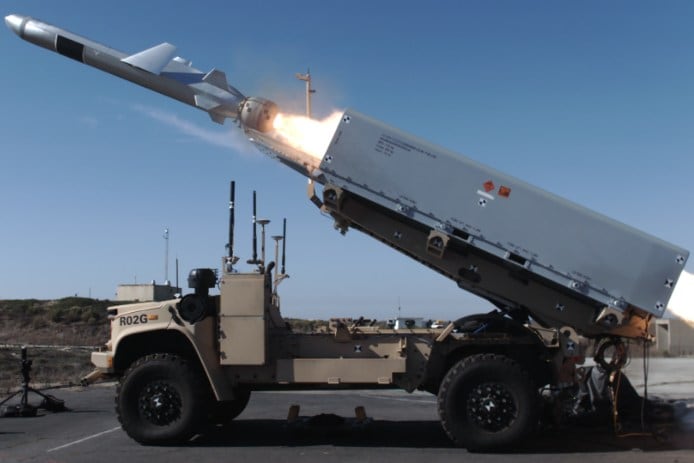Marines in the service’s newest fighting formation will field a more rugged and capable mobile command vehicle on one of its newest ground vehicles in January.
Under a contract with U.S defense firm Science Applications International Corporation, an initial purchase of 18 mobile command vehicles, or MCVs, will be delivered to Marine littoral regiments’ medium-range missile firing units between January and July of next year, according to a Marine Corps release.
The Corps’ current program budget has another 18 MCVs headed to the service in August through early 2026.
The MCV is platform-mounted to the Joint Light Tactical Vehicle, or JLTV, which replaces the Humvee in some Army and Marine units.
RELATED

As fixed positions on the battlefield become increasingly vulnerable, the release states, mobile systems like the MCV and JLTV are essential to maintaining an edge in the current threat environment.
The MCV combines a shelter integrated on the JLTV platform with upgraded communication capabilities and expanded access to fires command and control networks, according to the release.
Lt. Col. Joshua Faucett, product manager for fire support systems, noted the MCV’s “strategic, operational advantage” in equipping Marines with capabilities critical for a future fight.
“The MCV is a prime example of how we are adapting to meet the needs of the modern battlefield and we’re receiving deliveries less than six months after award — that’s a testament to the hard work of our acquisition team and industry partners,” Faucett said.
The Marines also use the MCV-equipped JLTV for the Marine Air Defense Integrated System and on its new ship-killing missile system, Navy-Marine Corps Expeditionary Ship Interdiction System.
The service requested $340 million in its most recent budget to buy 674 JLTVs, according to a July Congressional Research Services report. Marines received their first JLTVs in early 2019.
Elsewhere in the Corps, personnel at the Marine Depot Maintenance Command production plant at Marine Corps Logistics Base Albany, Georgia, conducted the service’s first organic rebuild of a JLTV engine at a Defense Department depot, according to a release.
The modified Duramax 6.6-liter diesel engine has specialized components and a proprietary engine control module specifically designed for combat conditions.
However, those features also make testing and repairing vehicles more challenging.
Experts noticed earlier this year that the vehicle was burning through engines faster than they’d planned. But the Army, as the main buyer of JLTVs, controls the new engine inventory. And the Marines must pay about $61,000 for each.
“The hardest part wasn’t rebuilding the engine itself — it was communicating with the computer,” said Jim Dupree, a heavy mobile equipment mechanic at the depot. “Once we cracked that, everything else fell into place.”
By rebuilding worn engines in-house, the depot could save as much as $40,000 per unit.
The new ability also lets the Corps remain ‘Semper Gumby,’ or Always Flexible, by having another supply line.
Todd South has written about crime, courts, government and the military for multiple publications since 2004 and was named a 2014 Pulitzer finalist for a co-written project on witness intimidation. Todd is a Marine veteran of the Iraq War.





